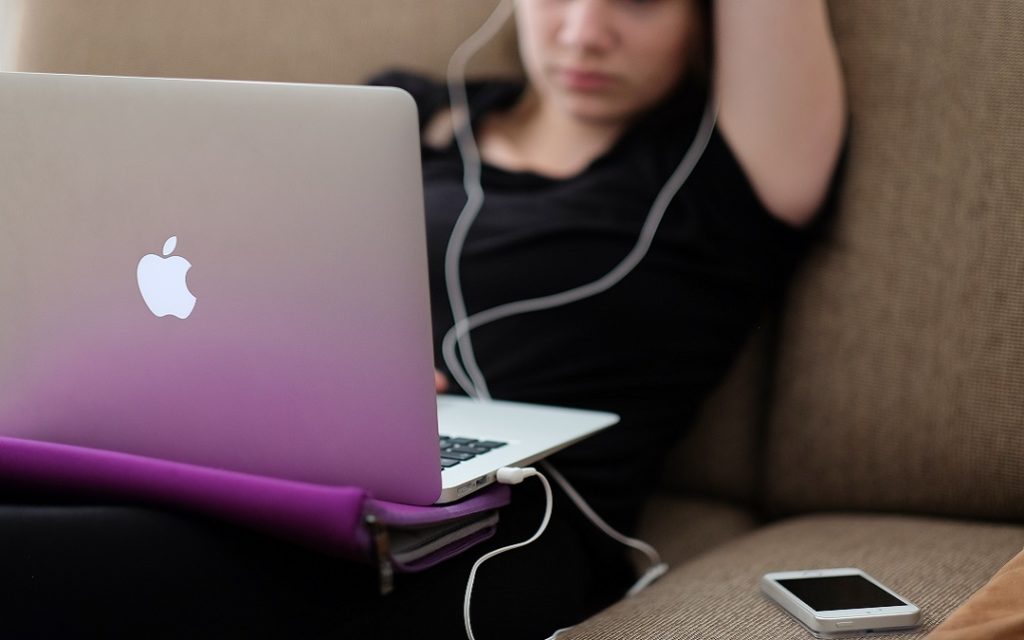
Do you remember when we were in school? It seemed more than effective to have a pen, pencil and some paper. Now, all that’s changing.
Now, there’s a bigger focus on UX in education as technology begins to shift how students and teachers learn and communicate. Obviously, it’s kind of a growth curve for everyone, but as designers, we need to also think about how to improve the user experience to improve the educational experience.
Will pencil, paper and textbooks disappear completely? Probably not. After all, they’re classics for a reason. Still, the trend is towards a more digital experience and UX designers have to consider how to make the transition a smoother one.
The Shift Towards LX
The first thing we need to cover is the shift towards LX versus strictly UX. It’s sort of the marriage between design thinking and curriculum building. Learning experience design puts a bigger focus on ensuring a course meshes well with the actual UX design. It’s only when the two go hand in hand that a great educational experience is achieved via technology.
Adaptable Learning Platforms

Now that we’ve defined LX, it’s time to see some examples of UX in education. One of the more interesting developments and one we’ll likely see far more of in the future is adaptable learning platforms. Instead of every student receiving the exact same questions and lessons, teachers and AIs are able to personalize the platform based on how a student is performing.
This custom approach was difficult at best before now. Today, it’s gaining ground and making the educational experience better by consistently challenging a student to grow.
Real-Time Quizzes To Test Understanding
Let’s face it, none of us really like pop quizzes, but we can’t knock how effective they are at seeing if students are paying attention. Now imagine real-time pop quizzes at any time with the push of a button. Technology has made it possible for teachers to quickly put together a quiz in a few minutes and deliver it to students via a web portal or app.
It’s one of those understated UX in education moments. For teachers, it’s an effective way to test a student’s knowledge now. Plus, technology allows teachers to lock students out of any other apps or browser windows until the quiz is complete. For students, they’re able to put their knowledge to use immediately and possibly hold on to it longer.
Tablets Replace Traditional Textbooks
The trend towards using tablets versus traditional textbooks isn’t a new one. In fact, CBS News reported on it back in 2013 and how it actually could be more cost effective over time. From a real-world UX perspective, consider this. A student slips a tablet in their backpack and that’s the only book they need for the entire day. Traditionally, students have several heavy books in their backpacks at a time, which cause posture and back problems.
Plus, e-books can be updated and downloaded in just minutes. Instead of students being limited to information that’s over 10 years old, teachers can engage them better with current events. This gives them something to relate to, changing how students interact with education.
Engaging Interactive Textbooks

We’ve probably all tried out e-books by now. Whether we love them or hate them, we can’t deny how much they’ve changed education. Of course, they’re easier to carry around, but there’s something else. UX in education has expanded to make a standard boring textbook interactive. If a student doesn’t know a word, they tap it and get a definition. If a history book is talking about an event, they click the event name and see a YouTube video.
Teachers can even customize e-books so students tap a link to take a quiz or start a homework assignment after they’ve read the lesson. This gives students more control and allows teachers to be a guide.
Access Education From Anywhere
Possibly one of the best examples of UX in education is anywhere access. It might not sound like much in a society where we can’t seem to disconnect, but think of how this affects areas where it’s not easy for students to even get to school. Of course, consider students who hate traditional classroom environments due to bullying or learning disabilities. Suddenly, they’re able to get online through an online K-12 program and learn at their own pace.
Flipped classrooms are also gaining popularity. Students watch lessons from home on their own time and the teacher guides them through homework in the classroom. It’s a way for teachers to spend more time helping students understand versus just lecturing.
Education Better Fits The User
The biggest impact of UX in education is that education is now being designed to fit the user versus some set mold of what we think a student should be. This custom approach is the future of education and technology has finally made it possible.
Images: Ty Nguyen, Steinar Engeland, Anna Demainenko